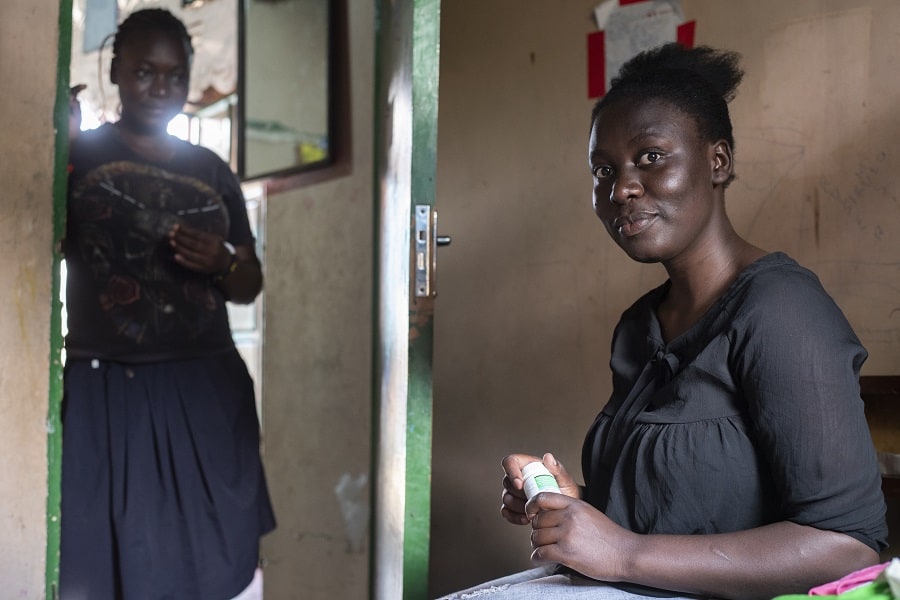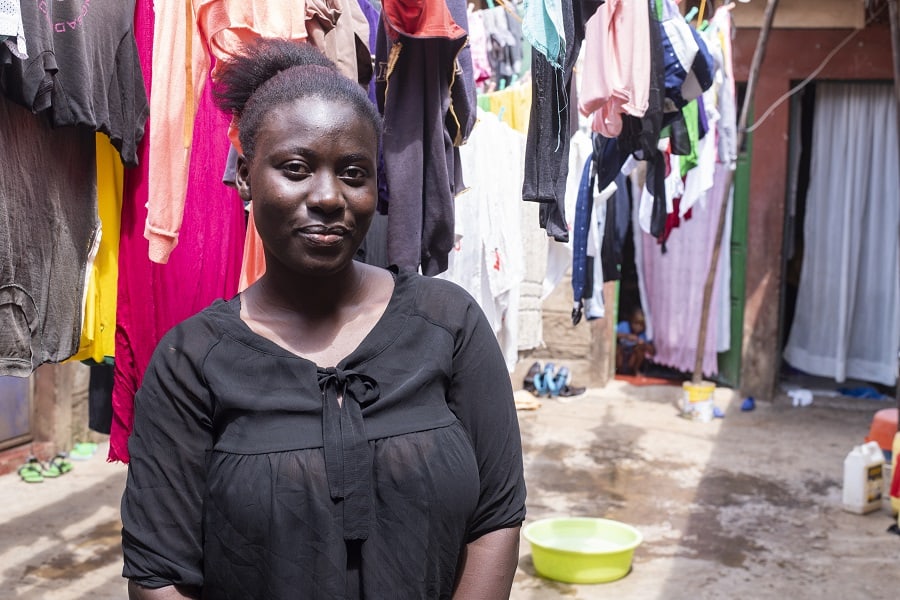
This website uses cookies so that we can provide you with the best user experience possible. Cookie information is stored in your browser and performs functions such as recognizing you when you return to our website and helping our team to understand which sections of the website you find most interesting and useful.



2 Comments.
Great initiative, I work for Project HOPE Namibia and I was looking for information on PrEP for a homework I had and I found it. so thank you! thumbs up!
Thank you for sharing this inspiring story on increasing Prep uptake among the AGYWs. I am fairly new in DREAMS programming and my role include identifying challenges and work with teams to find solutions . I noted some low prep intake for those who come to clinic set up ,compared to community set up. I am working on how to increase PrEp uptake at the local clinics, since we are a clinical partner who provides clinical services .The idea of Peer Educators sounds great, thank you.